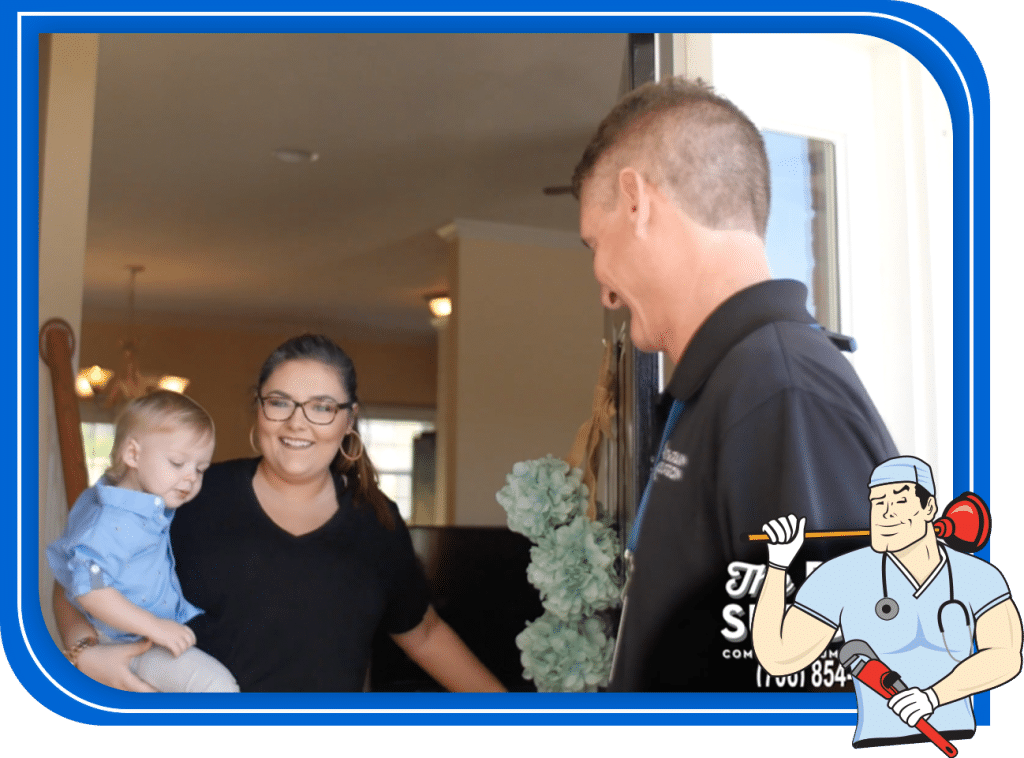How do You Winterize Your Plumbing?
Consider winterizing your plumbing when the weather gets colder. You can winterize your home when it’s empty or while you’re still occupying it. Preparing your home for winter involves multiple steps with your water heater, pipes, and fixtures.
What Is Winterizing Your Plumbing?
Winterizing your home or business prepares your pipes for freezing temperatures. When water freezes, it expands and becomes ice, which can cause leaks and breaks. The pressure on the pipes can cause severe damage, which requires a plumber to fix. The first thing to do when preparing to winterize your home is to make a checklist. Include all valves and faucets when listing vulnerable areas to remove any surprises.
Prevent Pipes From Freezing With Outdoor Winterization
Our plumbers handle winterizing your home or business, even if it’s closed for the season. Installing weather stripping around doors and windows will seal gaps where heat could escape. Storm doors can protect your outside doors from the weather.
Outside faucets are vulnerable to freezing temperatures. The shut-off valves are inside your home or business. Close the shut-off valve for the spigots before the freezing temperatures arrive. Disconnect your garden hoses from the faucets to prevent hoses from leaking at the connectors. Open the spigots to allow residual water to drain out of the pipe. Standing water in the line between the spigot and the shut-off valve can freeze and break the faucet and valve.
Prevent Freezing Pipes With Indoor Winterization
Check pipes most vulnerable to freezing while inspecting your building’s plumbing. The most vulnerable pipes are near windows, outside walls, and unheated spaces. Heat can escape through cracks or holes in your walls and let cold air reach your pipes. Caulk around windows and holes in walls to keep cold air away from your pipes. Insulation sleeves of various materials wrap around pipes to protect them in different regions. Tubular or rolled pipe wrap or insulation fittings can trap warm air to prevent freezing. A common place to install pipe insulation is under the sink. Plastic water pipes are more resistant to cold than steel or copper ones.
Heat typically escapes through the attic when there are gaps in insulation. Your attic and crawlspace should have proper insulation, and you may need an extra layer. The Department of Energy suggests that you keep your thermostat at 68 degrees Fahrenheit during winter. If you leave your home, keep your thermostat at least 55 degrees to keep pipes from freezing. A programmable thermostat allows you to raise or lower the temperature to keep your home comfortable and safe.
With the proper preparations, winterizing your home can protect you from winter plumbing issues. Don’t forget any drains or valves while going through the house because they can let water sit in your pipes. As the weather changes in Augusta, GA, call us at Drain Surgeon for a winterization inspection of your plumbing system today.





